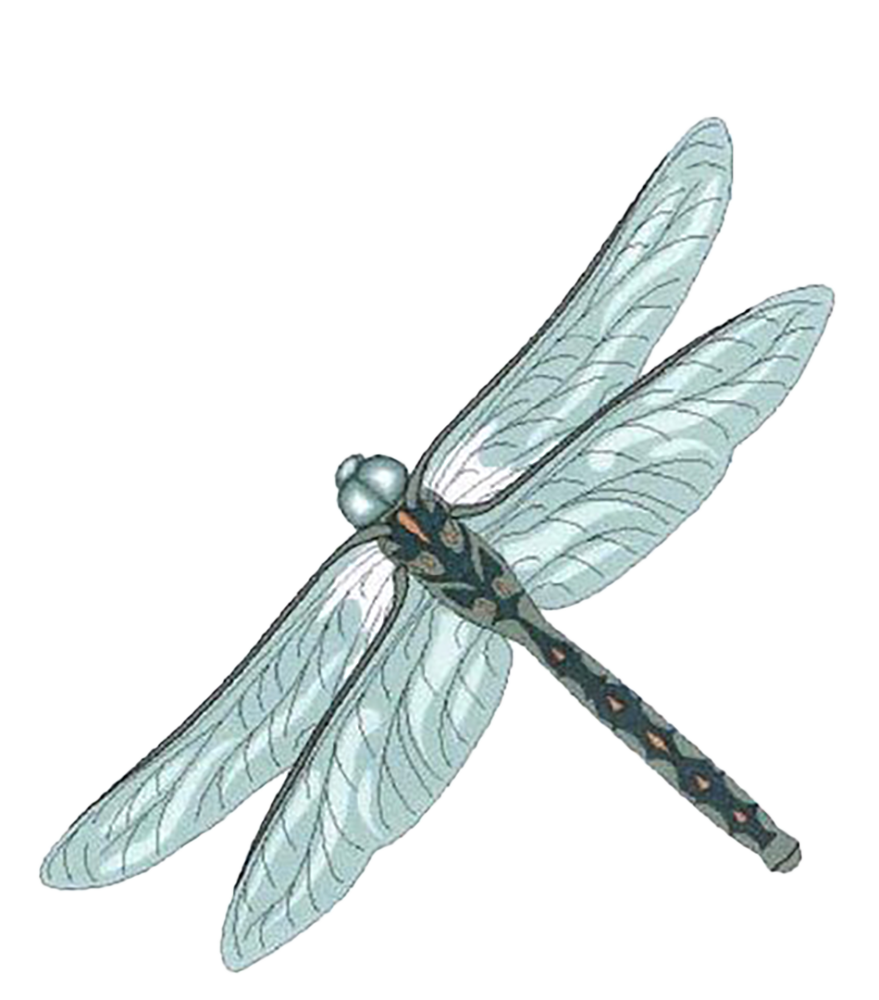As well as the continual ongoing seasonal works and maintenance needed to preserve the commons, larger scale and longer term projects are a big feature of the works we are able to do. These are sometimes driven by specific grants that the dedicated team of Conservators research and spend many hours preparing funding applications for, sometimes recommendations put forward by our Ecological Consultant, and sometimes just pet projects proposed by volunteers, Friends, or members of the public who have a cause dear to their heart and the drive to make it happen.
A few examples of these projects are provided below, and we will continue to write up and publish others that have been conducted over the years and are still ongoing.
Nettlebed Acid Wetland Ponds Project
Recreating Acid Wetlands
The Nettlebed Acid Wetlands are the only known to exist in the County of Oxfordshire. As a result, there are some species of plants and fungus that exist happily here that are not found anywhere else in the county. This incredibly rare habitat is thought to have opportunistically arisen due to the excavations that took place as part of the local brick making industry and was colonised by insects, plants and funghi from similar habitats many tens of miles away. Our Ecological Consultant, Rod D’Ayala with the aid of the Nettlebed Volunteers and the Green Gym, is slowly restoring and expanding the wetland area in order to encourage the rare species that are found here.
Acid Wetland Ponds on the Nettlebed Commons
Acid Heathland
Associated with the Wetland is an area of heathland on Priest Hill in Nettlebed, designated as a Site of Special Scientific Interest (SSSI) populated by heathers and acid loving plants that are rare on the otherwise mostly alkaline chalky soils of the Southern Chilterns. The Nettlebed volunteers have been laboriously removing thick brambles and areas of bracken in order to encourage the heather that provides habitat for rare butterflies, moths and insects, as well as providing a beautiful flush of purple flowers for the bees in late summer.
Priest Hill SSSI
Nettlebed Playtrail
Not all the work the volunteers do is to provide habitat for insects animals and plants: as common land, the human inhabitants are a vitally important part of the ecosystem.
The Nettlebed playtrail was constructed to guide children and adults through some of the most interesting parts of the woodland fringing the Recreation Ground and has proved an incredibly popular place for children to play.




